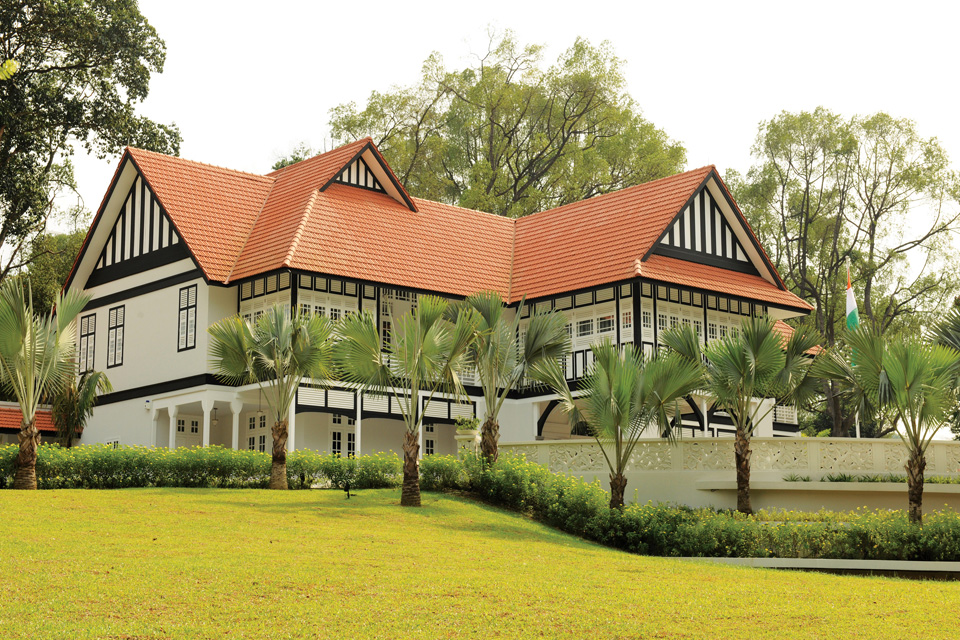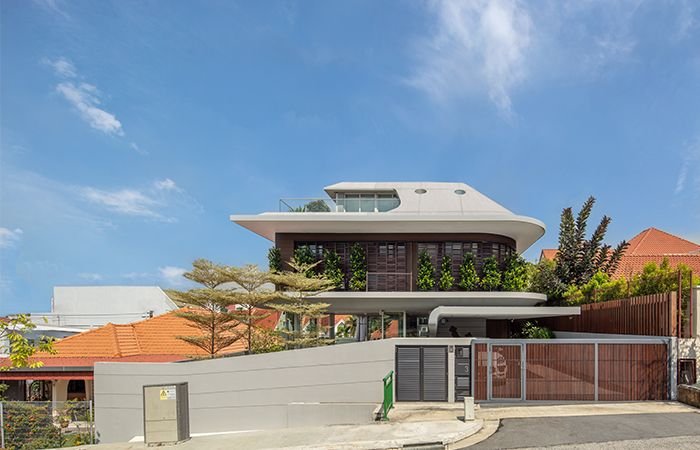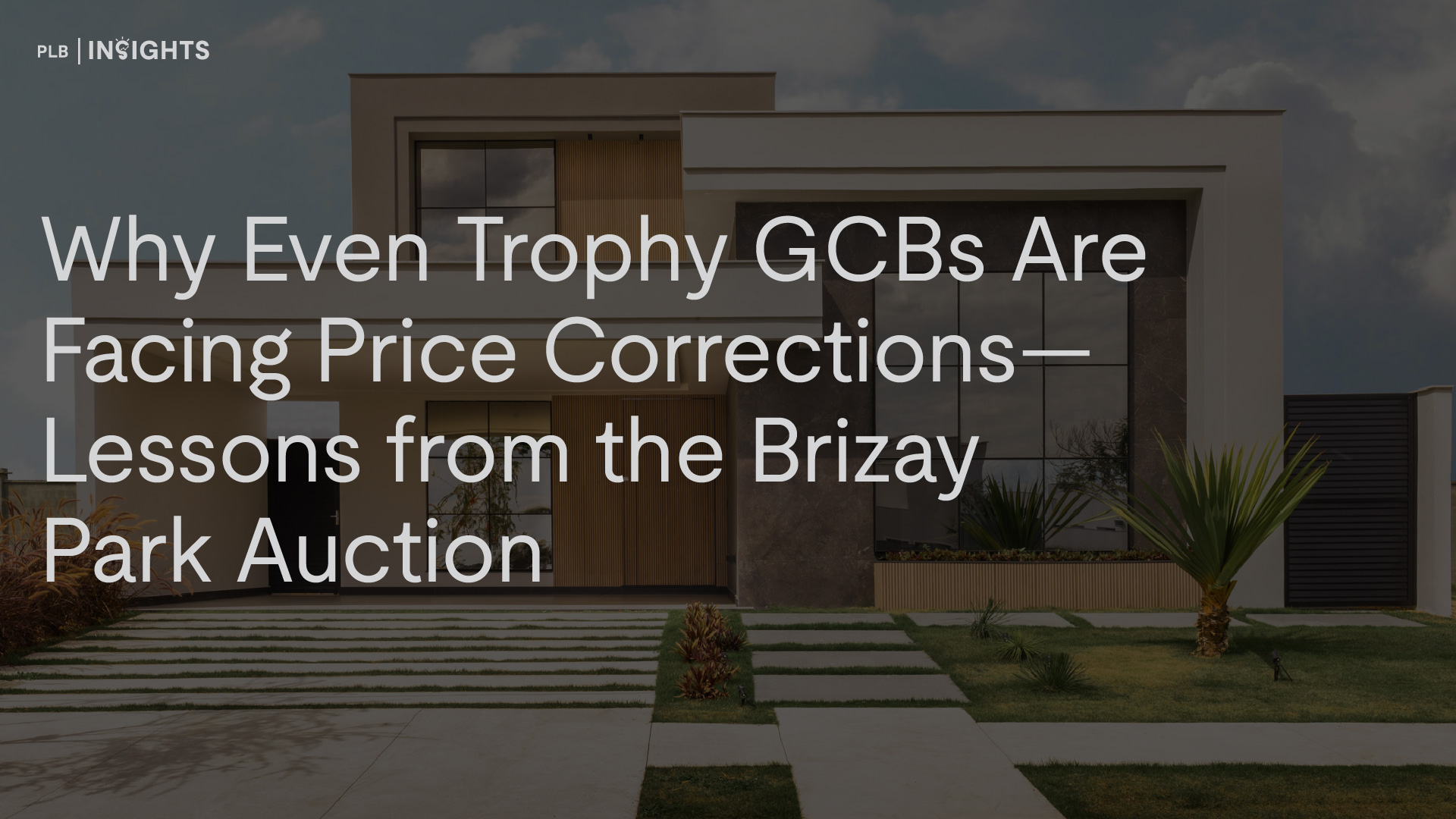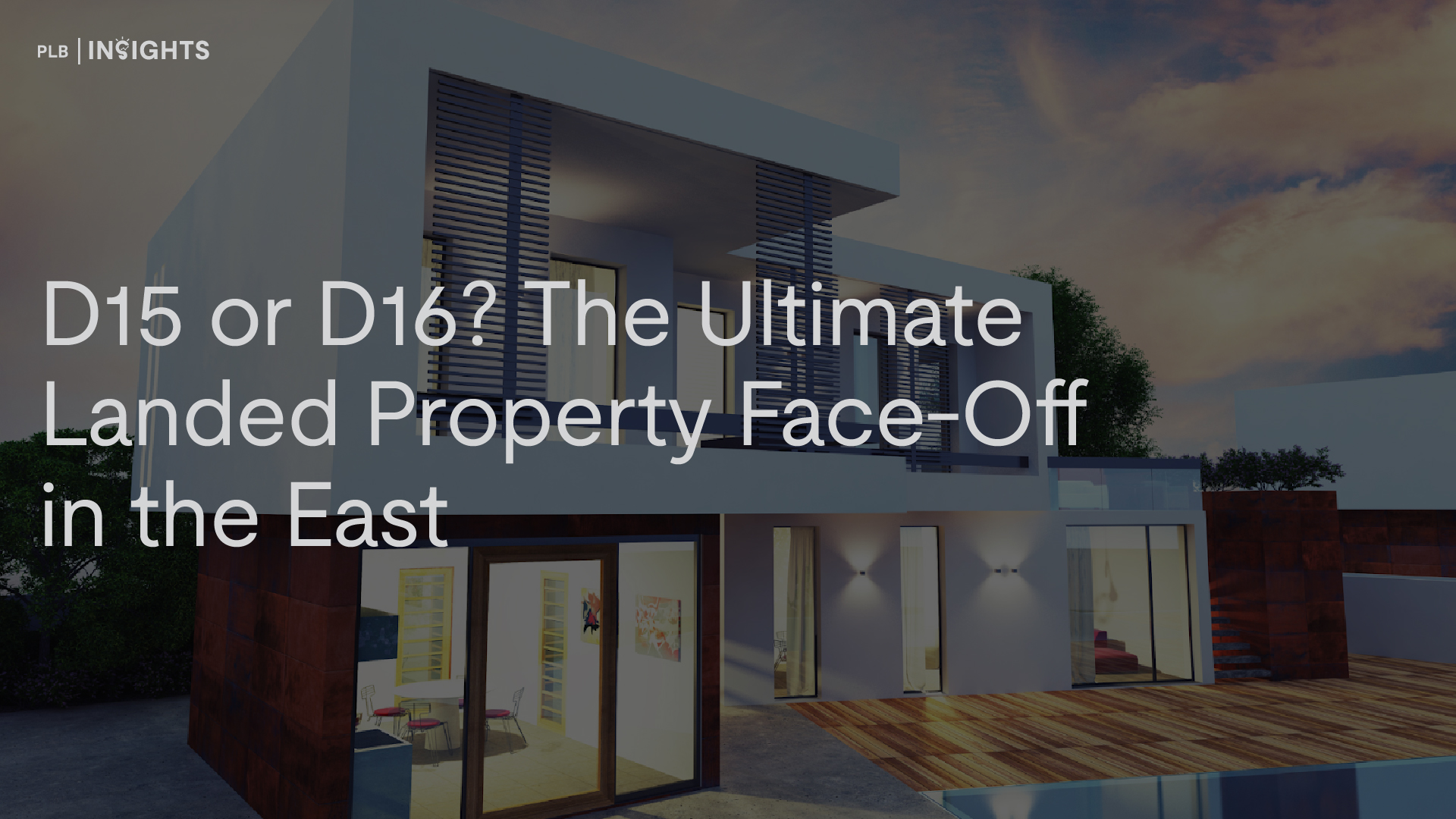
Good Class Bungalows (GCBs) are more than just a status symbol.
It is a multi-generational home.
A legacy asset.
A piece of identity.
A labour of love and art.
For most in the public eye, it is something to be envied, coveted, and perhaps jealous of. While those emotions undoubtedly exist in the hearts of some, we focus our attention on the idea and act of building. Building a multi-generational home.

Image courtesy The Business Times
Owners of GCBs are typically C-Suite Executives, its Board-of-Directors, Business Owners, or their Scions. These people are all builders. Building businesses, jobs, and some say value. But when it comes to building a home, it is a much more private affair. It becomes more focused on the individual (family), rather than the communal good. And it should be so. It is a home after all.
In this article, we focus on the architecture and aesthetics of GCBs. We cover how architectural design styles should be made to suit the owner’s vision of a home and how aesthetics matter in building the desired ambience.
The Concept of Design
Design is first based on the idea that a user exists, and the design should cater to the desires and whims of the user. Of course, the designers are not mindless; part of the design process involves taste, skill, and style. Thus, the choice of the architects and interior designers matter.
When it comes to GCBs, the point isn’t (usually) the standard look, neither has it got to look grand. The point is that it has to be personal. It has to be and manifest you or the ideals and values you embody. Many interpret the aesthetics of architecture as merely a look or style that they like. Perhaps because it makes you feel the warmth of home or that things are in order. But inevitably, each style embodies a moving history that is continuously crafted by our every-day use.


Image courtesy EdgeProp
Design and architecture is about marrying function with form. Every-day use and personal values & ideals. It is more than just the looks or its utility. To every individual whose ambition and aspiration is to build a GCB home, this article is for you. It is never too early to envision a dream home. Rather, it might motivate you to work even harder to get to where you want to be.
Palaces & Spaceships
We won’t talk about styles in the academic sense in this article. The history lesson might bore most and lose relevance. Instead, we will discuss the architecture of GCBs in plain English. GCBs in Singapore typically resemble palaces or spaceships. A blast to the past or back to the future.
Homes are made of fond memories. Travels, whether physical or fantasy. Dream homes seldom embody the mundane, since they are aspirational. Romantics and literatis might love palaces because they remind them of the roots of culture. Or a fond nostalgic moment in their travels. Palaces of a multitude of styles can be found in Singapore.

Image courtesy Tatler Asia
GCB palaces are built in Gothic, Greek, Tudor, Spanish, British, Malay, Indian, and Chinese styles. The list goes on. Each style is elegant because it embodies their own ideals. The stoic and academic Greek temple. The sunclad coastal Spanish casa. An istana fit for a sultan. The humble abode of a certain kung-fu master.
This dream to become royalty with their own fiefdom is literally manifested when that plot of land is bought, and that palace built. Whether a conscious effort to be a metaphorical “lord” of the land, or driven by the subconscious pursuit of greatness, these palaces across Singapore are tributes to the toil and genius of a great many families. Some of which might have taken generations to get to where we see they are today.

Image courtesy Tatler Asia
These dreams are not lofty, and should not be mocked or taken as merely eye candy.
Take them as inspirations, and be brave enough to fight and manifest them in life.

Image courtesy The Business Times
Coherence is another key aspect of architectural beauty. Having the style consistent throughout the Bungalow, including its interior, manifests the look and fantasy into a tangible lifestyle. A disjuncture between interior and exterior might confuse the mind, leading to erk-feelings of messiness. It is possible, however, to merge modern and palatial styles. It need only be consistently applied for effect.

Image courtesy SRX
Spaceships are still rarities in Singapore’s GCB scene. Some might have large Iron-man inspired modernist mansions, but few daringly futuristic. Of course, for practical reasons, perhaps the resale audience is much smaller for this group of Sci-Fi fans of Star Trek, Dune, or Star Wars. Nonetheless, being surrounded by space age inspired architecture can be a source of inspiration as well.
Inspired & Inspiring.
You might find yourself never lacking new business ideas, creative thoughts, or plans to make the world a better place. It might sound overly idealistic but for some, it might just do that. Take a look at Elon Musk’s Home in Los Angeles (photo below). The curving arcs that belong to our very own Tony Stark in this universe. I am not sure where the idea of launching a Tesla car into space came from, but perhaps this has got something to do with it?

Image courtesy Forbes
Memes aside, Elon is definitely an inspired man. His Starlink fleet is no small feat. And some might argue that he deserves that top billionaire seat for all his contributions to the contemporary world thus far.
To the futurists and innovators of Singapore, having your own spaceship to captain is not just a dream. Assemble your architect crew and get building. Your ship will be a wellspring of ideas and ingenuity.

Image courtesy Home & Decor Singapore
The architecture of Singaporean GCBs is beautiful and manifold. Plenty are made of dreams of palaces and spaceships. Our understanding of it need not be limited to “posh”, “atas”, and “luxurious”. GCB owners are humans too, and humans are made of dreams.
Aesthetics and the Mind’s Eye
When it comes to the aesthetics of luxury homes, the architectural exterior is only the beginning. On the inside resides the soul of the structure. Decor, art, the selection of colours and materials underscore and hold up the spirit of the building. Often, it is inspired by the same style, timeline, and culture. The coherence between the interior and exterior eradicates tension and smooths the narrative.

Image courtesy Home & Decor Singapore
Lighting and arrangement are cornerstones of building a great vibe and atmosphere. In Chinese Geomancy, or Feng Shui, these are key elements of the system. Directional facing and furniture arrangement are ways to play with light and movement. Doing it the right way creates “flow”, and the opposite will result in chaos and clutter.

Image Courtesy Home & Decor Singapore
In the end, aesthetics does not just serve to please the eye, but all of your senses. Your mind needs to be relaxed at the scene of well arranged furniture and calm lighting. Not pockets of shadow and furniture blocking the way, creating frustration. This goes back to the idea of coherence. The arrangement and flow is in-tune with your own daily life and movement. Each small little detail matters.
Closing Thoughts
To close, we briefly cover the architecture of GCBs in Singapore. As palaces and spaceships are things of dreams, so are GCBs. That is not to say that they are impossible to achieve. We also explain how styles play a key role in manifesting the owner’s desired vision and values in the home. Aesthetics go beyond the visible into the realm of emotions and thoughts. We hope that this article gives you a glimpse into the world of GCB architecture and their beauty.
If you are deeply interested in this topic, I highly recommend the book “The Architecture of Happiness”. It is a good starting point for understanding the deeper meaning and value of architecture to the human being. We use here the core concepts of memory, elegance, and coherence found in the book.
Contact us here if you wish to chat more with us!











